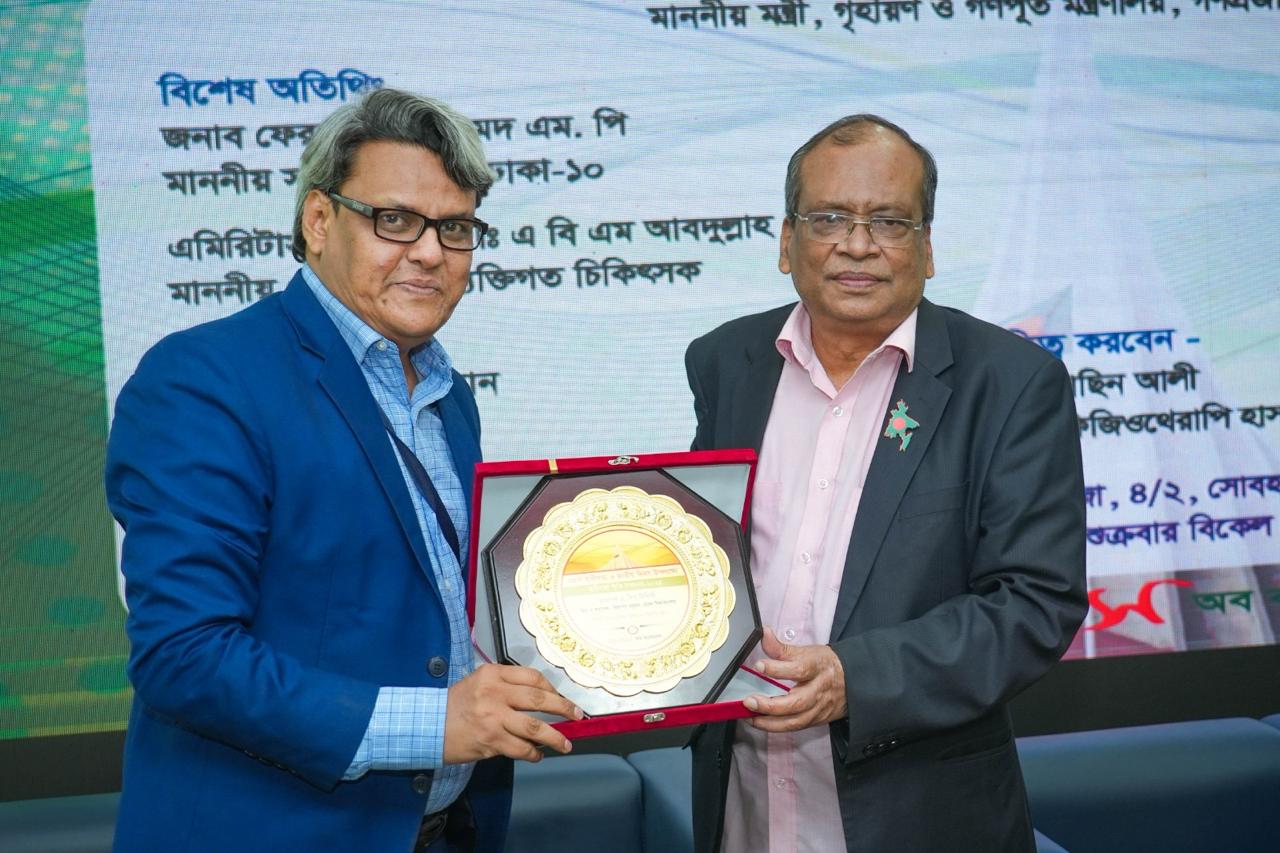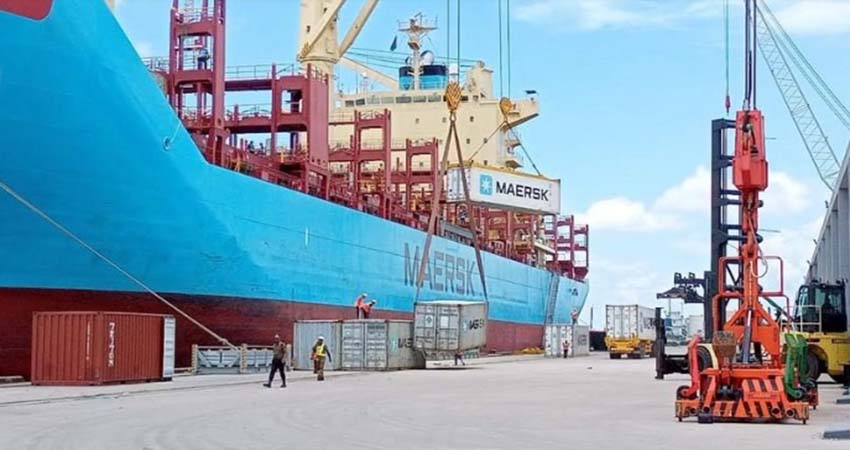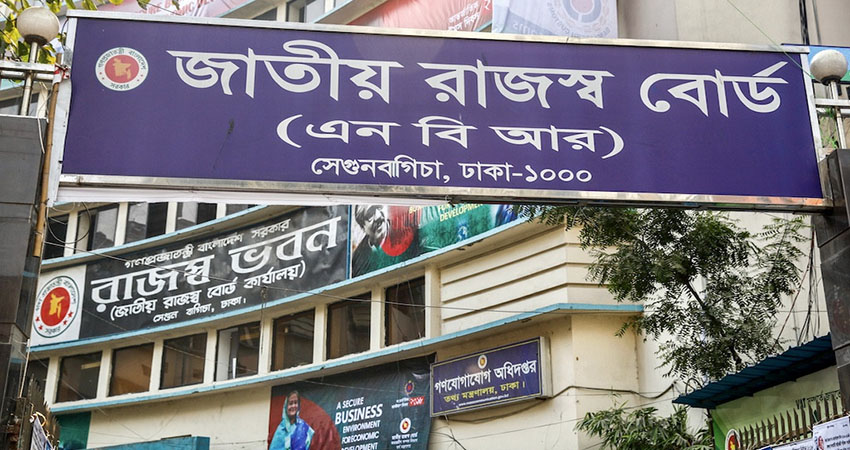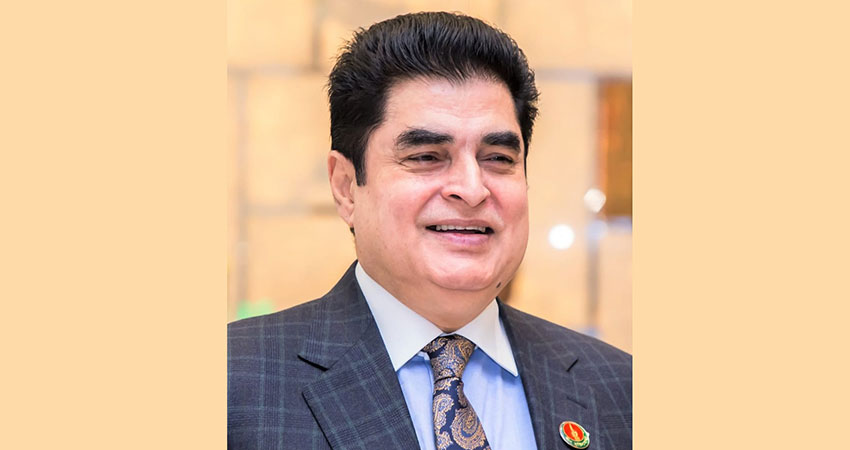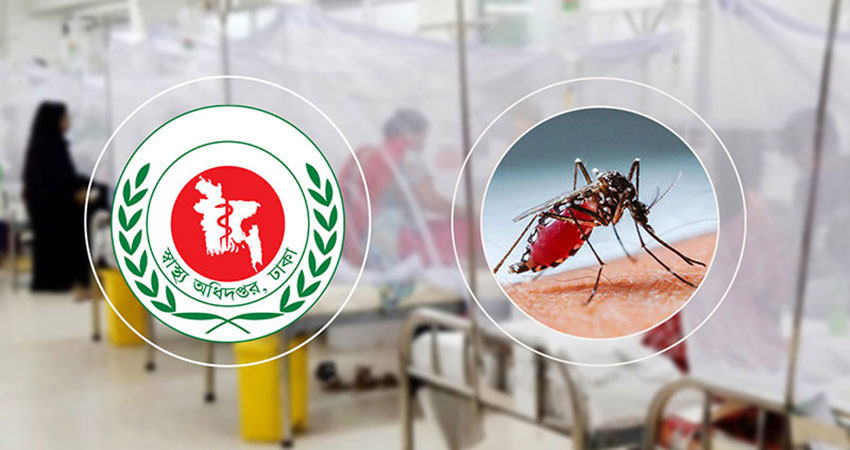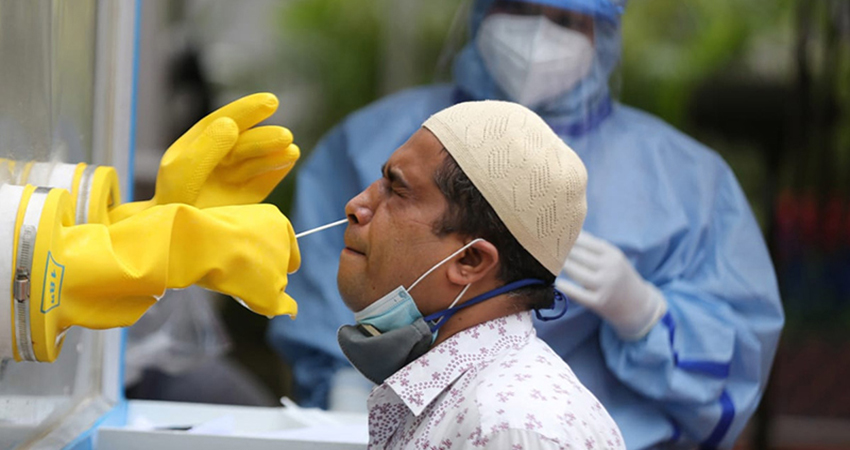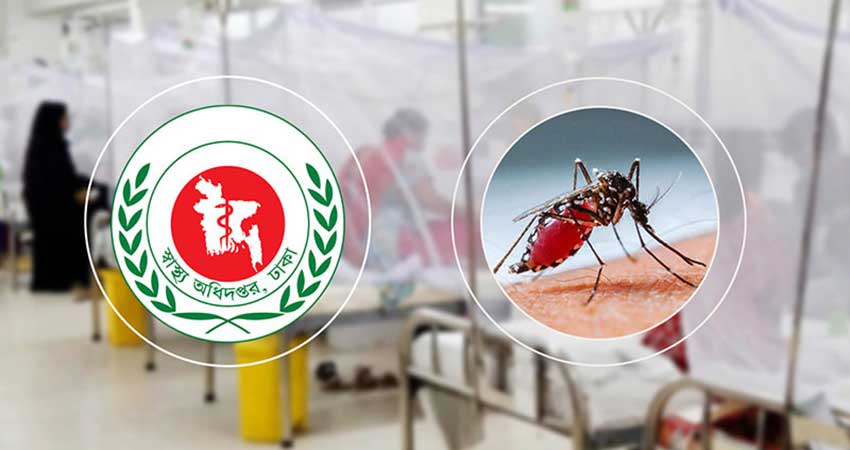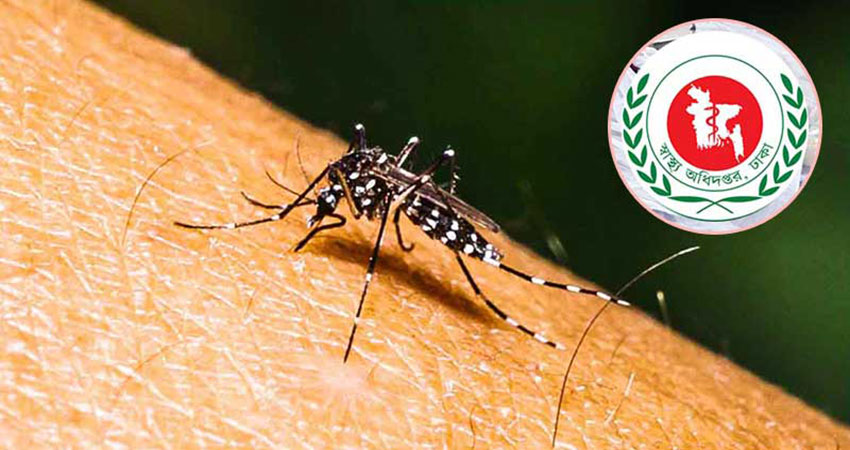Describing plastic pollution as both a local and global problem, US Ambassador to Bangladesh Peter Haas on Monday laid emphasis on cooperation and collaboration to end the problem.
"Stakeholder action is crucial, which is why we are here today, and our global success comes by working together," he said while speaking at the inaugural session of a conference titled “Managing Plastics in Bangladesh.”
Prime Minister’s Climate Change Advisor Saber Hossain Chowdhury joined the event with his recorded video speech.
State Department Science Envoy for Plastic, Dr LaShanda Korley, among others, spoke at the conference that brought together government, civil society, and private sector stakeholders to focus on developing actionable plans to address plastic pollution in Bangladesh.
Ambassador Haas said every country, institution, organization, and individual has a role to play in solving the crisis. “It takes all of us – governments, private sector, civil society, indigenous peoples and local communities, academics, and communities to make progress on this goal.”
He said the United States is actively promoting an approach for a global agreement that will increase global ambition to end the discharge of plastic into the environment. “We are advocating country driven actions and looking for innovative solutions.”
Ambassador Haas said they seek an ambitious, innovative, and inclusive instrument that contains a range of obligations, commitments, and voluntary approaches to prevent and reduce the flow of plastic into the environment in order to protect human health and the environment.
He said these obligations and commitments should include how to promote sustainable production and consumption of plastic, how to facilitate a transition to more circular approaches for plastic, and how to strengthen environmentally sound waste management.
“We applaud the work that Bangladesh has already done with the World Bank on its national action plan and we want to continue to build on that platform. Which is why we asked stakeholders from multiple sectors to come here today to discuss what’s working and what’s not working and which areas need continued improvement,” said the US envoy.
In his video remarks, Saber Hossain said they need to collaborate and coordinate with their international partners in building capacity and work together to address the problem.
Bangladesh wants to curb its plastic waste by 30 percent within a decade, according to the country's national action plan that will be jointly implemented by the World Bank.
The plan, which is aligned with Bangladesh's 8th Five-Year Plan addressing the concerns of several public agencies and stakeholders, focuses on a 3R strategy for plastic products – reduce, reuse and recycle.
Saber Hossain said it sets a target of recycling 50 percent of plastics by 2025, reducing virgin material consumption by 50 percent by 2030 and phasing out targeted single-use plastic by 90 percent by 2026.
With rapid growth and urbanization, Bangladesh faced a sharp increase in both plastic use and pollution.
Bangladesh’s annual per capita plastic consumption in urban areas tripled to 9.0 kg in 2020 from 3.0 kg in 2005.
Meanwhile, the Great Pacific Garbage Patch (GPGP) is a floating vortex of debris in the North Pacific Ocean.
It spans 1.6 million square kilometers (or over 600,000 square miles) from California to Japan with Hawaii in the middle. The trash found in the GPGP varies in type and size, but the majority of it is made of plastic.
Some 175 nations agree to develop a legally binding agreement on plastic pollution by 2024, prompting a major step towards reducing greenhouse gas emissions from plastic production, use and disposal.
The US is committed to taking action both domestically and internationally to address this crisis by advancing a North Star goal of zero plastic pollution by 2024.
Source : UNB


